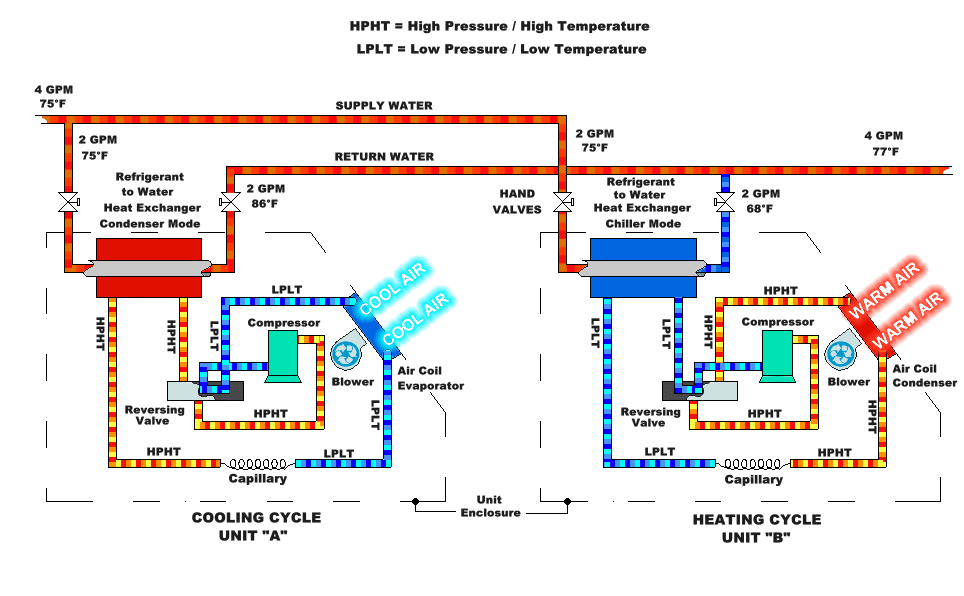Cottontop
Senior Member
Surely this has been discussed but I can't find it.
I am thinking of heating/cooling the boat with one or (probably) two mini split units, compressor/condensor units mounted up top.
Advantages: MUCH cheaper and easier to install, maintain, repair. No thru-hulls, filters, etc. Very efficient (>20 SEER). Soft start and inverter compressor.
Disadvantages: exposure to salt spray. Noisier? Weight up top. Unattractive, unless I can hide them.
Is anybody using these things? Thoughts? No doubt I am overlooking much.
(Boat will be a power cat.)
I am thinking of heating/cooling the boat with one or (probably) two mini split units, compressor/condensor units mounted up top.
Advantages: MUCH cheaper and easier to install, maintain, repair. No thru-hulls, filters, etc. Very efficient (>20 SEER). Soft start and inverter compressor.
Disadvantages: exposure to salt spray. Noisier? Weight up top. Unattractive, unless I can hide them.
Is anybody using these things? Thoughts? No doubt I am overlooking much.
(Boat will be a power cat.)


